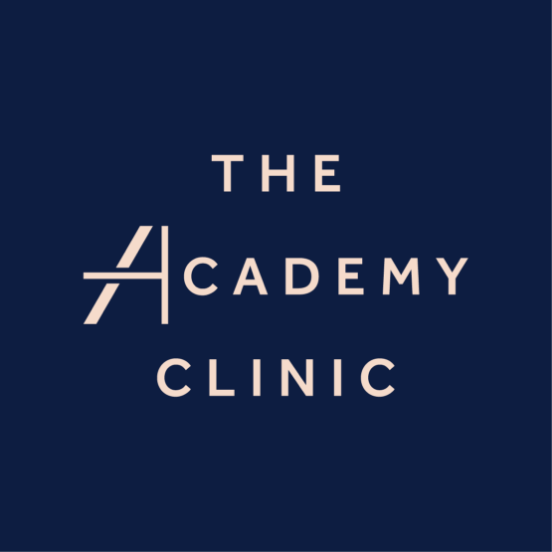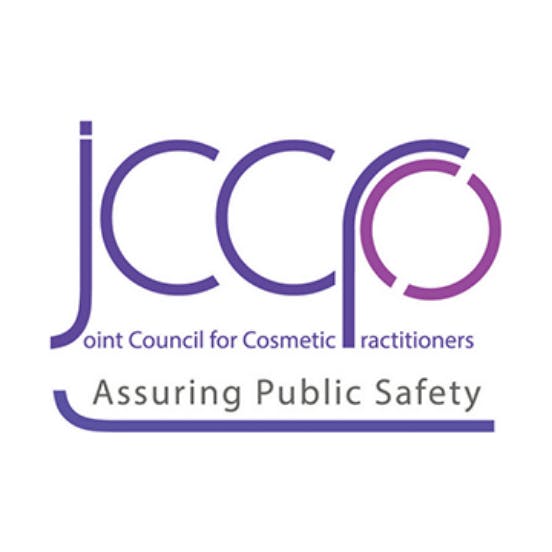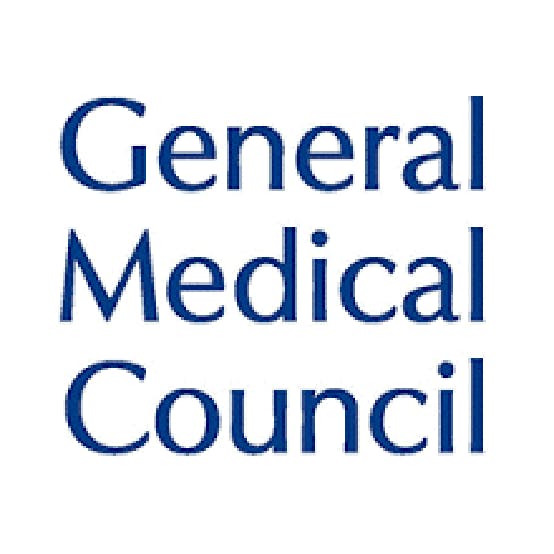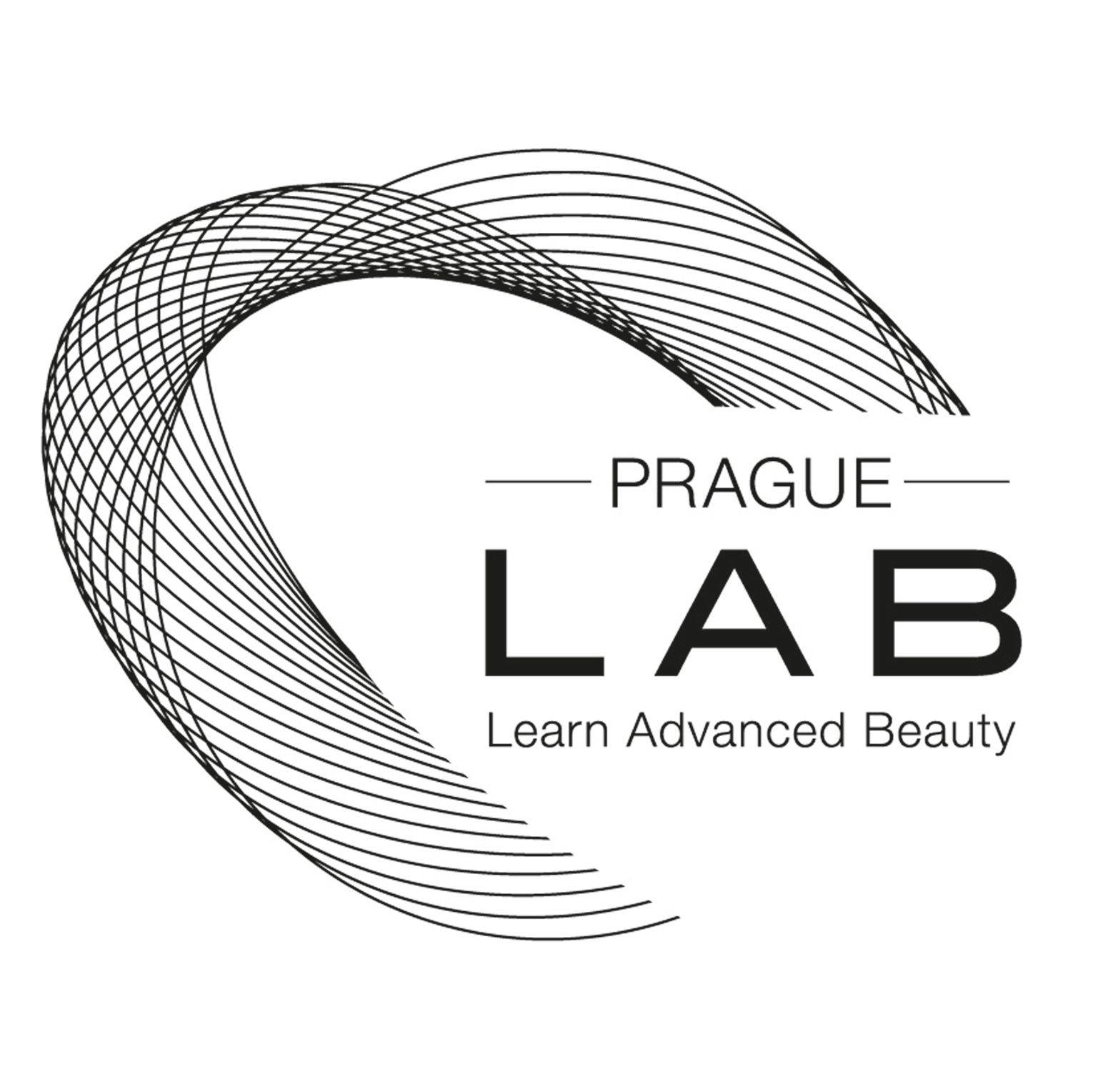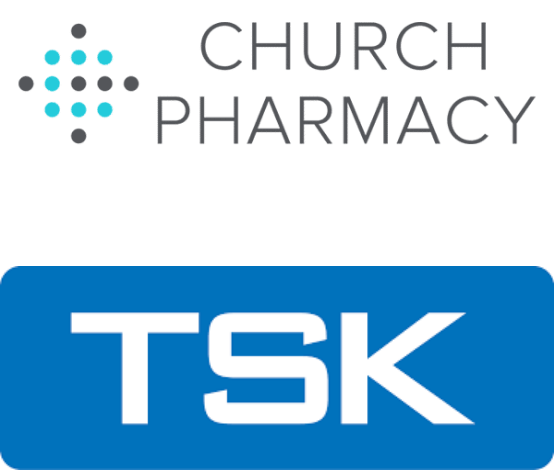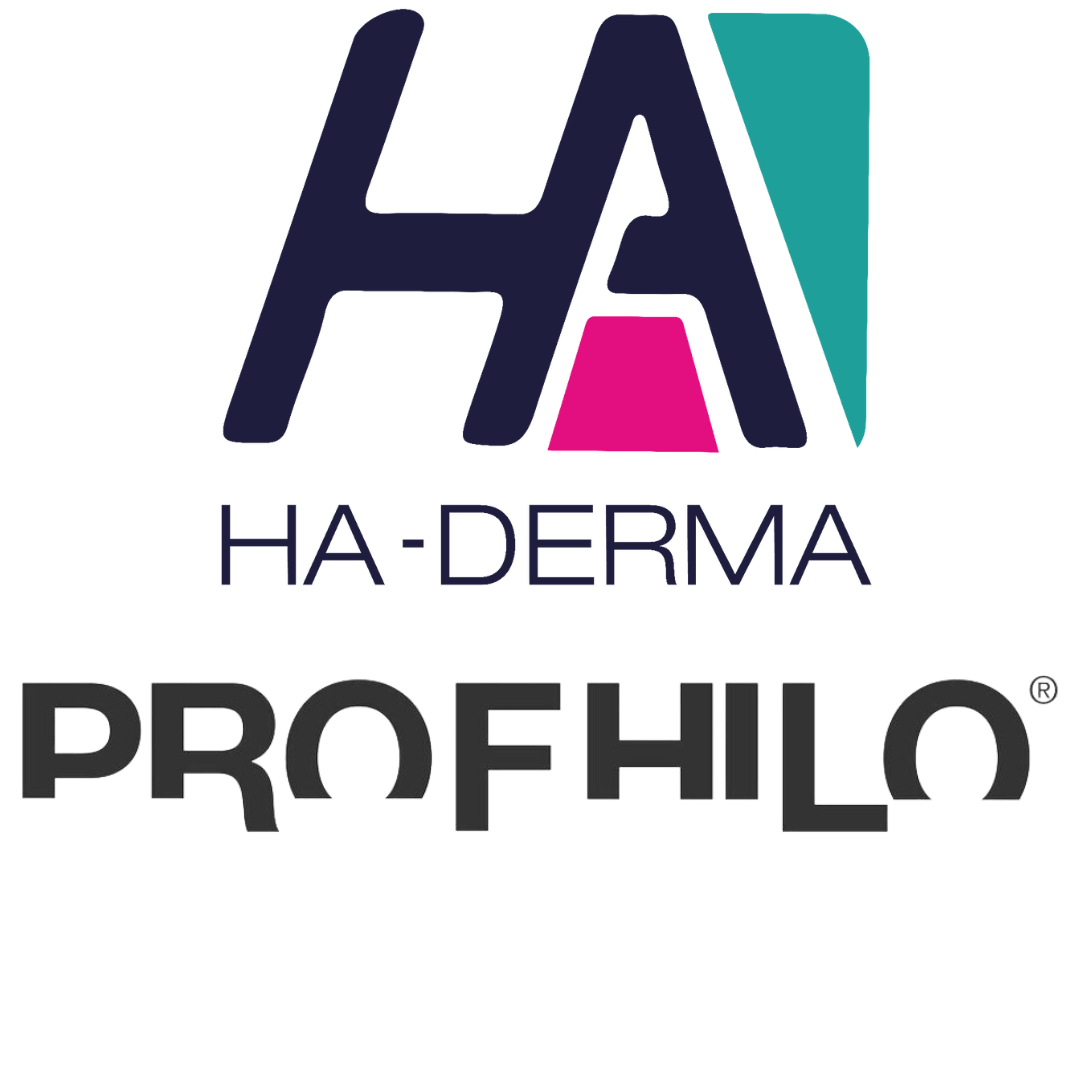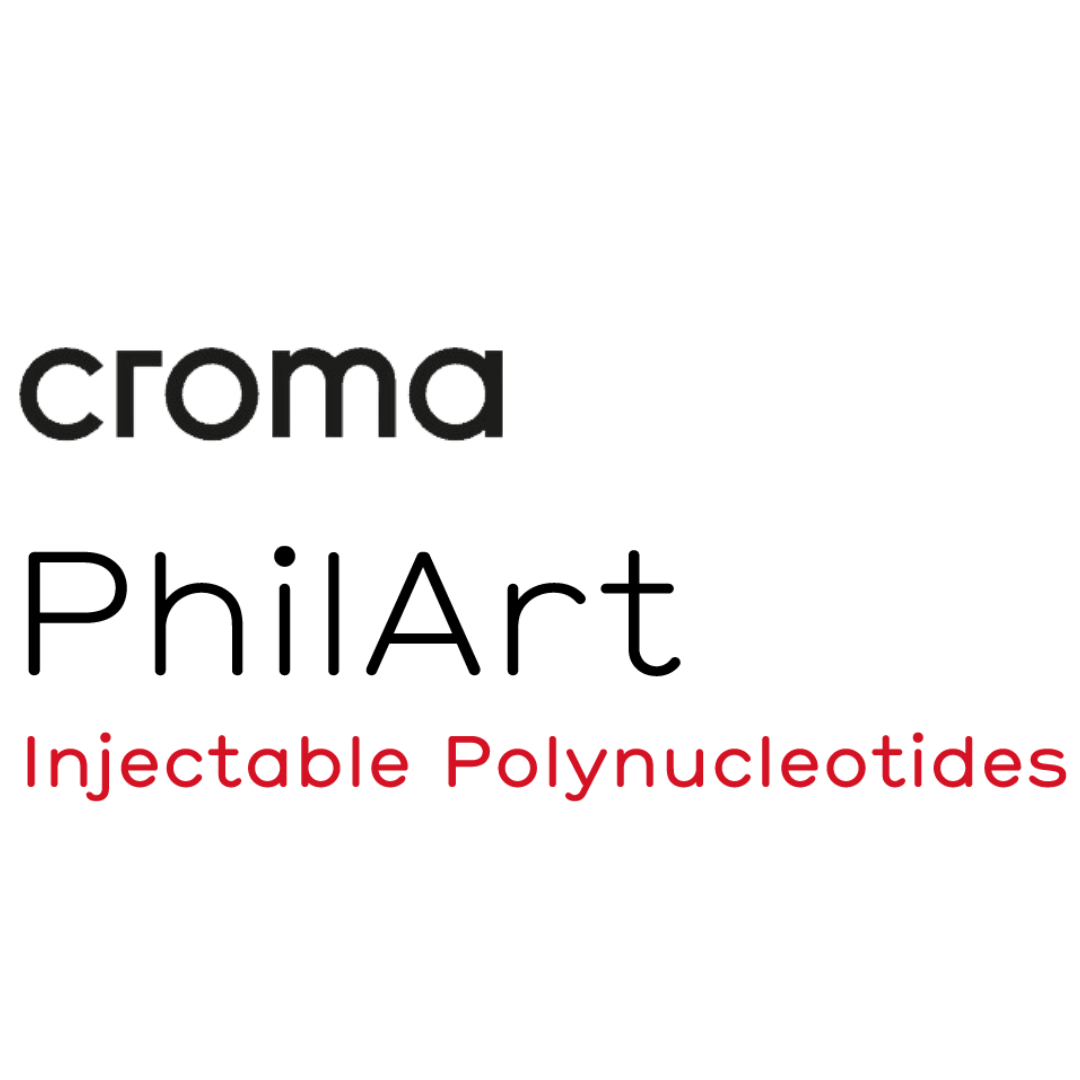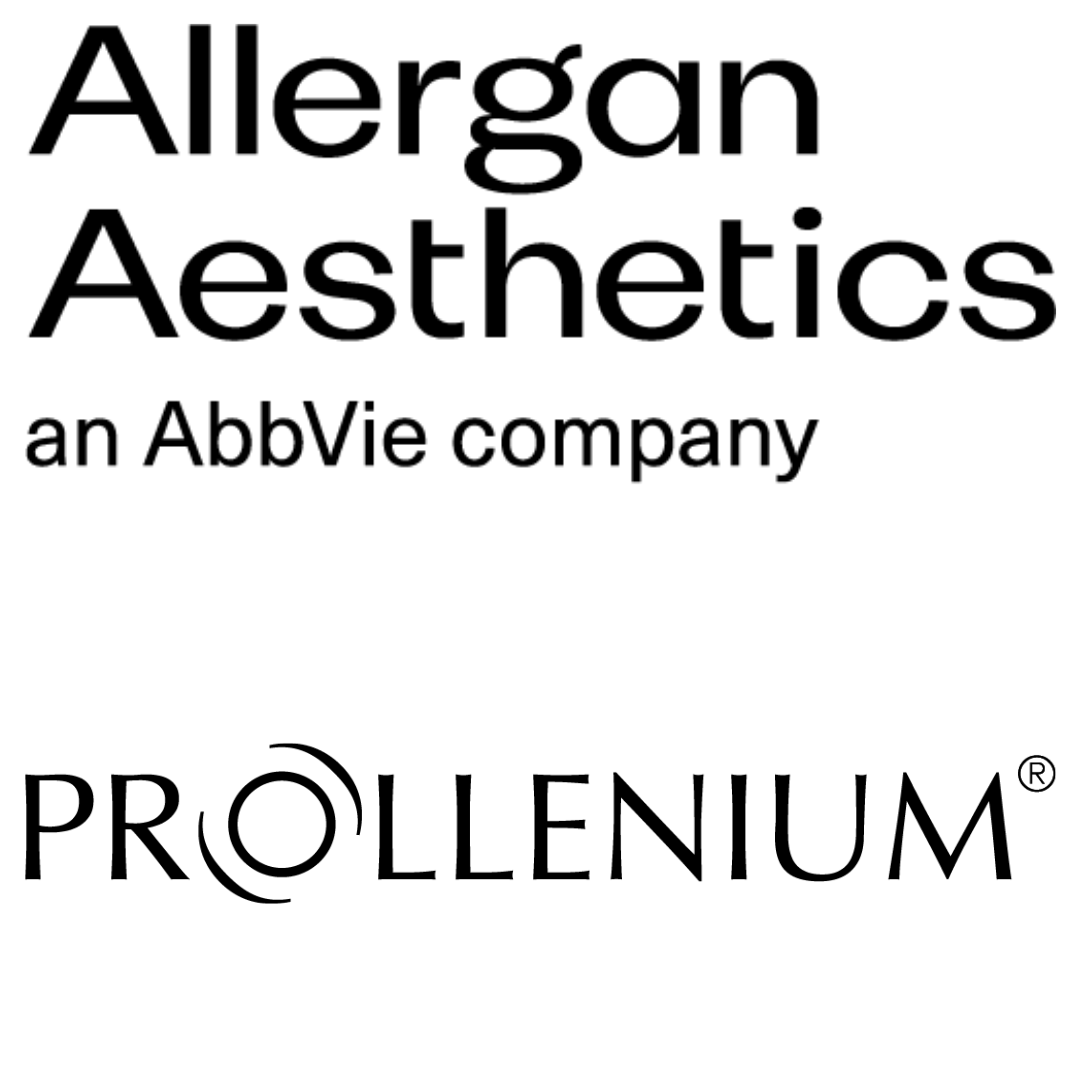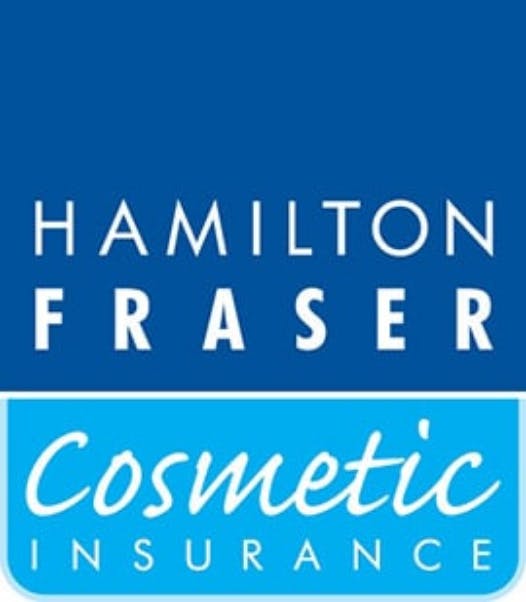Microneedling An Effective Treatment For Atrophic Acne Scars
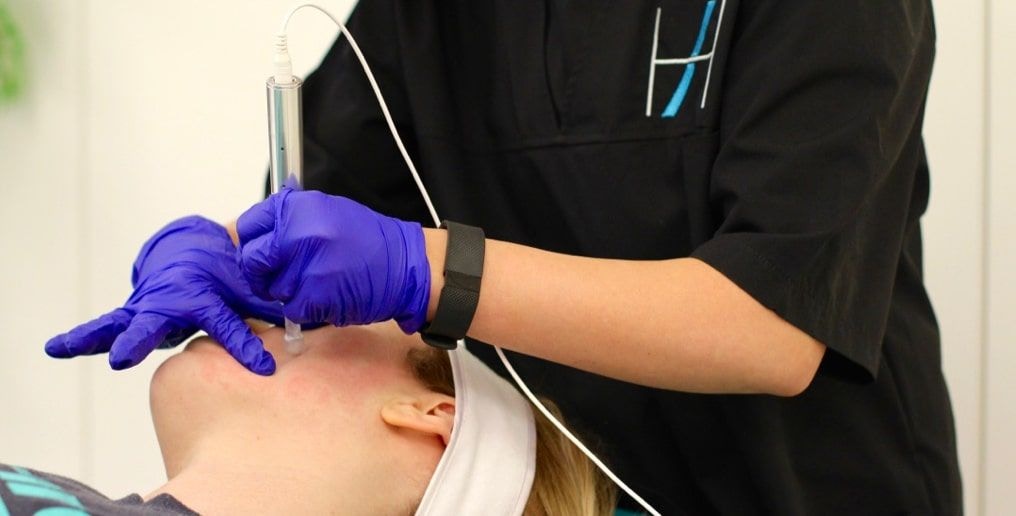
New research from Jakarta, Indonesia confirms microneedling is an effective treatment for atrophic acne scars.
In some cases injectables such as dermal fillers may be used to ameliorate this challenging type of scarring. However, these new findings further make the case for “skin first” aesthetics practitioners adding cosmetic dermatology skills to their practice.
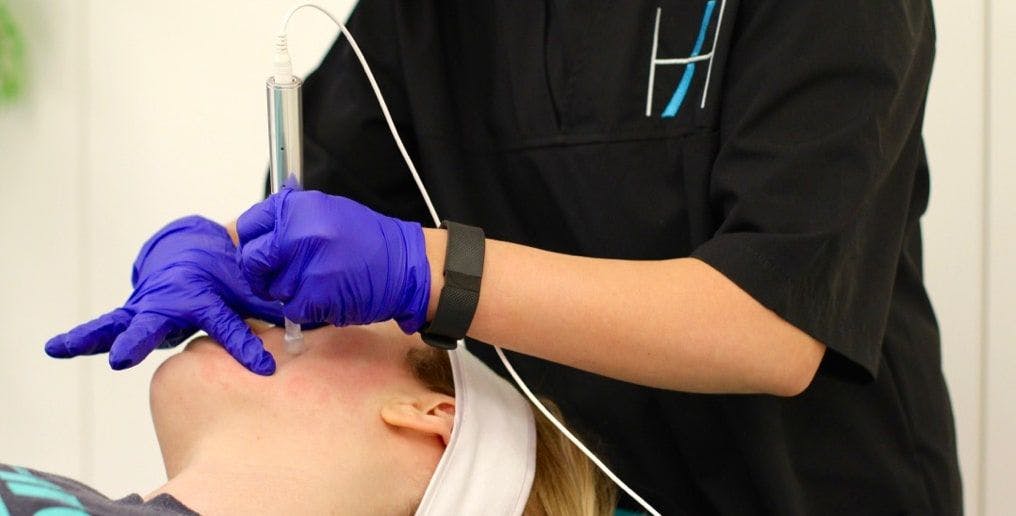
Systematic review of 20 years’ worth of studies
This latest microneedling research was carried out by members of the Faculty of Medicine at Universitas Indonesia in Jakarta, with financial backing from the Ministry of Research and Technology of the Republic of Indonesia.
Their aim was to determine whether microneedling, which had produced many seemingly positive results for acne scarring over the years, was a viable treatment option. The study authors explained the therapy, as follows:
“Microneedling, also known as percutaneous collagen induction (PCI) or collagen induction therapy, is a minimally invasive technology used for several dermatological conditions. This technique involves repetitive skin puncture using sterile microneedles to disrupt dermal collagen that connects the scar tissue. The needle will penetrate the stratum corneum and generate small holes known as micro-conduits with minimal damage to the epidermis. This process will provoke the regeneration of growth factors to stimulate collagen and elastin production in the lining of dermal blood vessels.”
Researchers conducted a systematic review of randomised controlled trials published during the past 20 years from October 2020. They investigated the various different methods and devices used for delivering microneedling either as a monotherapy or as part of a combined approach to the treatment of acne scarring.
After reviewing a total of nine studies which met the necessary criteria, the team drew this conclusion:
“All treatment modalities demonstrated consistent results that MN was efficacious in treating atrophic acne scars. Monotherapy with MN showed improvement in the appearance of acne scars as early as three treatment sessions.”
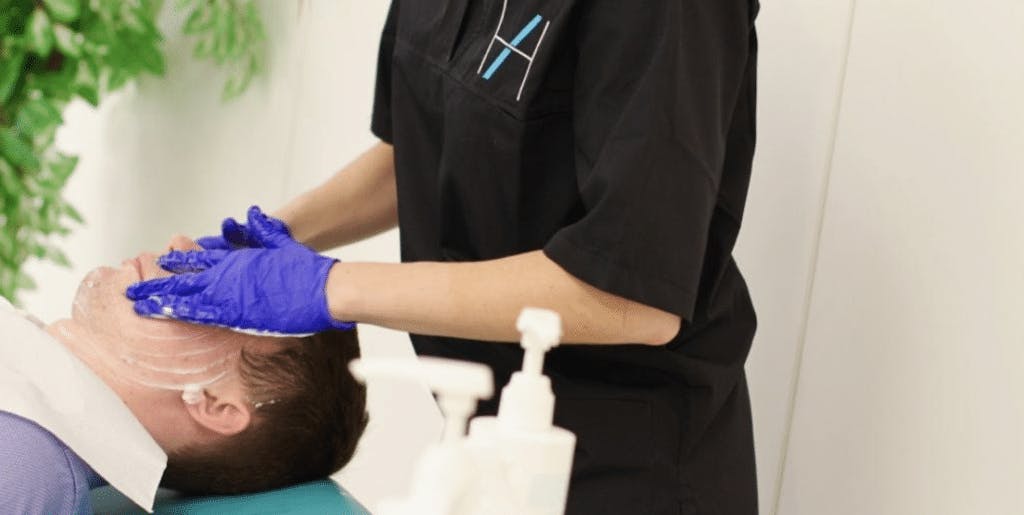
Chemical peel and microneedling combined treatment
Previous research has also found that chemical peels – another cosmetic dermatology mainstay – may help to ameliorate acne scarring. This is especially true when paired with a course of microneedling approximately six to eight weeks later.
Microneedling helps to boost the effects of the peel’s exfoliation by encouraging collagen production deep within the skin.
Offering suitable patients this combination package not only helps them to achieve their skin goals but it gives you a chance for repeat appointments. This can be a great guaranteed income if paid for in advance. Moreover it will also allow you to really get to know your patient throughout the course. So, as you better understand their concerns, you can propose a tailored treatment plan.
Cosmetic dermatology courses
Injectors looking to explore cosmetic dermatology courses need look no further.
Whether it’s Foundation Training in Cosmetic Dermatology you’re looking for, or a more hands-on, in-depth cosmetic dermatology course that includes microneedling, mesotherapy and how to perform chemical peels, Harley Academy has you covered. If you’re a medical professional who’s just entering aesthetic medicine and you aren’t sure where to start, this article may well help you to decide: Level 7 Injectables Vs. Cosmetic Dermatology, Which Course Is For You?
Article last fact-checked: 20 January 2023


